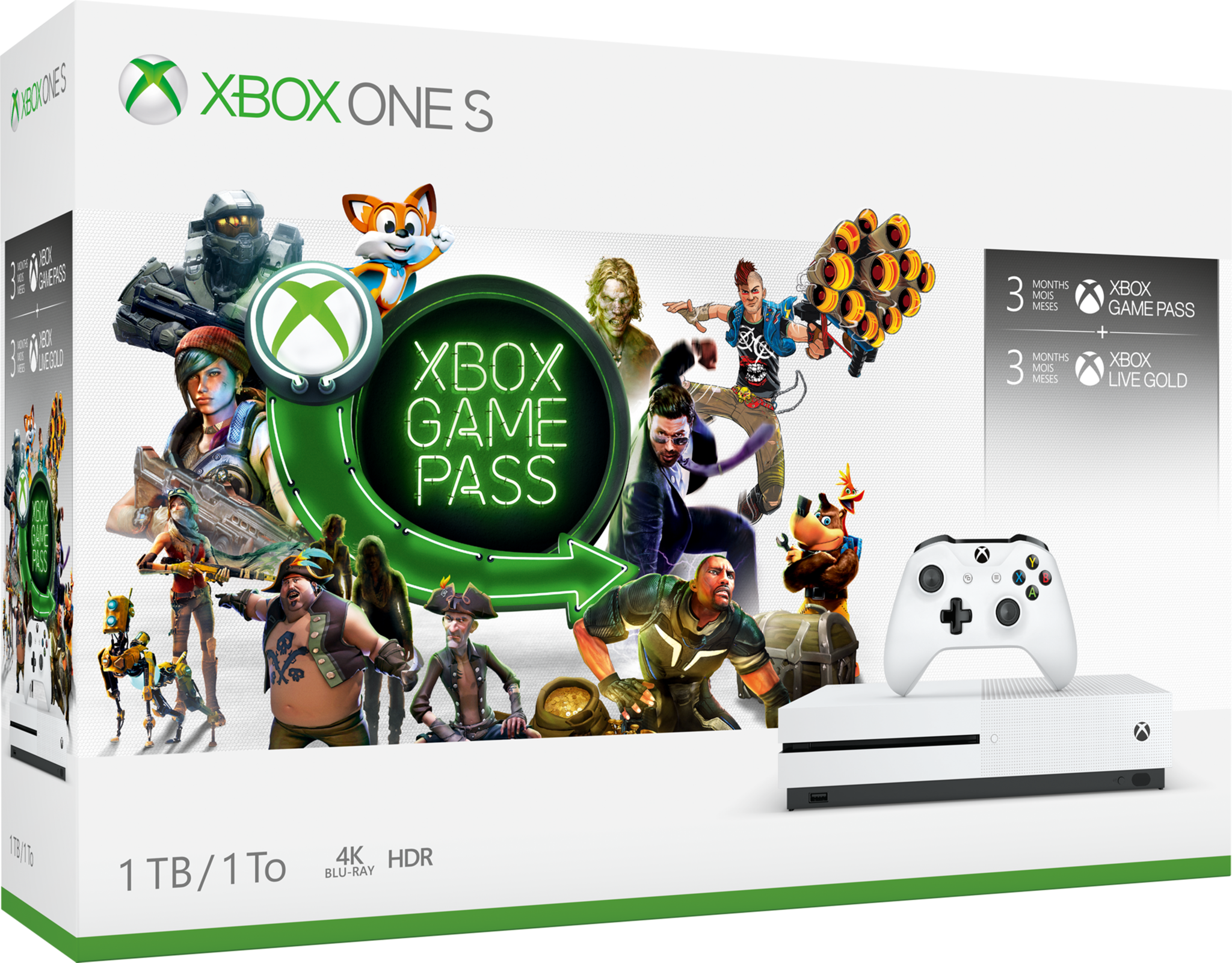Xbox One S All-Digital Edition, and the hidden cost of digital games
After going all-digital on Xbox One since 2014, I learned some important lessons.

Microsoft's Xbox One remains ever-connected in 2019, with physical games sales on the decline in favor of digital downloads. Xbox Live is now central to the Xbox lineup, and a new iteration of the console lies ahead, doing away with its disc drive for an all-digital experience. Aptly dubbed the "Xbox One S All-Digital Edition," it's a fresh spin on the existing entry-level device.
Slated for an April reveal, the Xbox One S All-Digital Edition could be a risky pitch for Microsoft. Despite the countless advantages of digital, the concept is rightly approached by many with caution. And now, four years since I ditched the discs myself, I learned a lot along the way.
Convenience comes at a cost
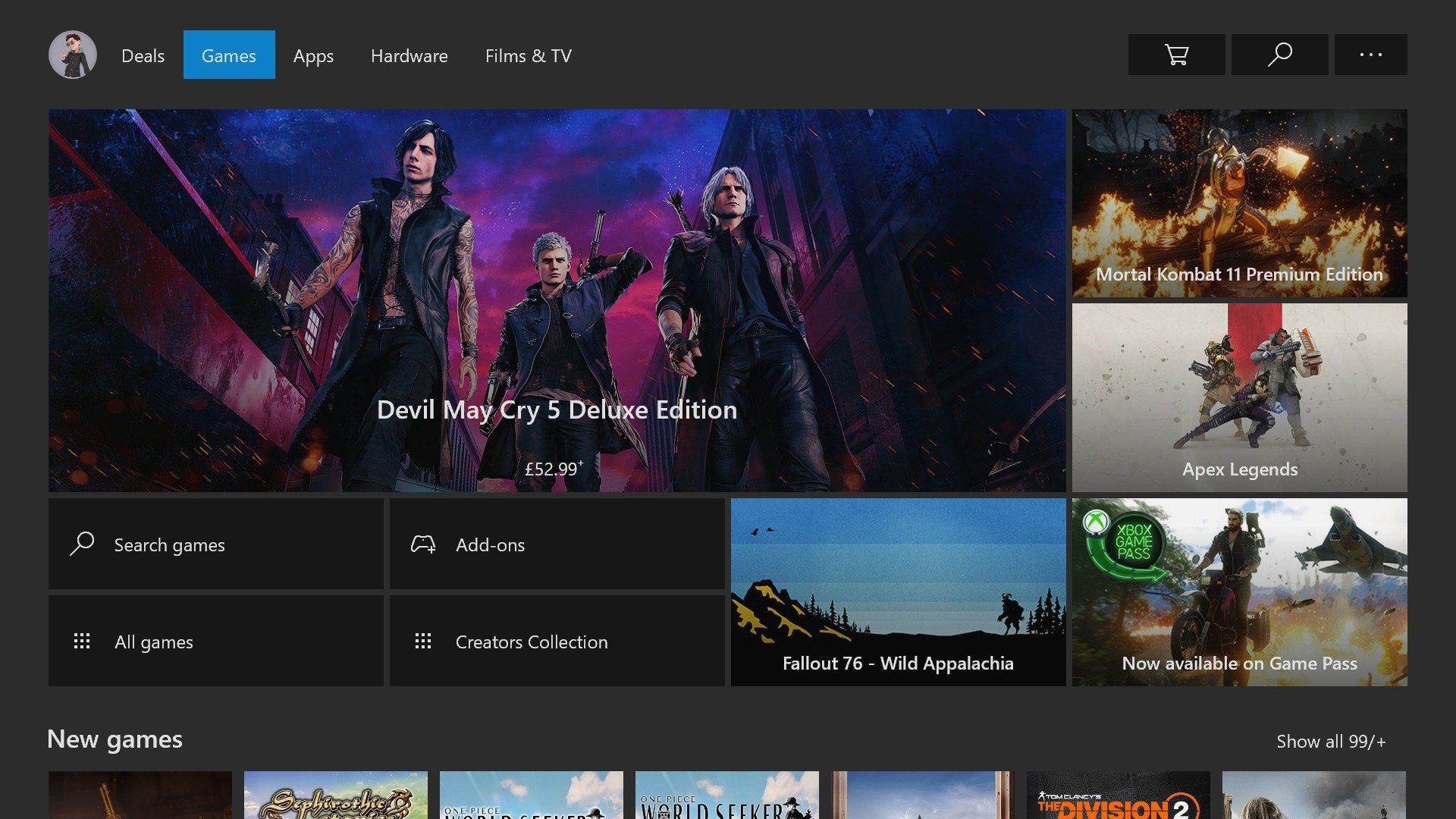
Microsoft has demonstrated a heightened focus on its digital offerings this generation, first kickstarted with the Xbox One reveal. While its controversial always-connected policies scaled back its approach to digital licensing prior to launch, online distribution remains core to the Xbox One experience today. And shortly after the debut of pre-loading in 2014, Halo: The Master Chief Collection marked my full shift into the digital Xbox ecosystem.
Back in the early Xbox One days, making a shift to digital was almost exclusively driven by convenience. The concept of a unified digital library remains enticing, paired with reduced physical clutter, and bypassing the tedious disc-changes. And with more digital-only titles under the Xbox umbrella, it brings the ease of keeping your games in one locale.
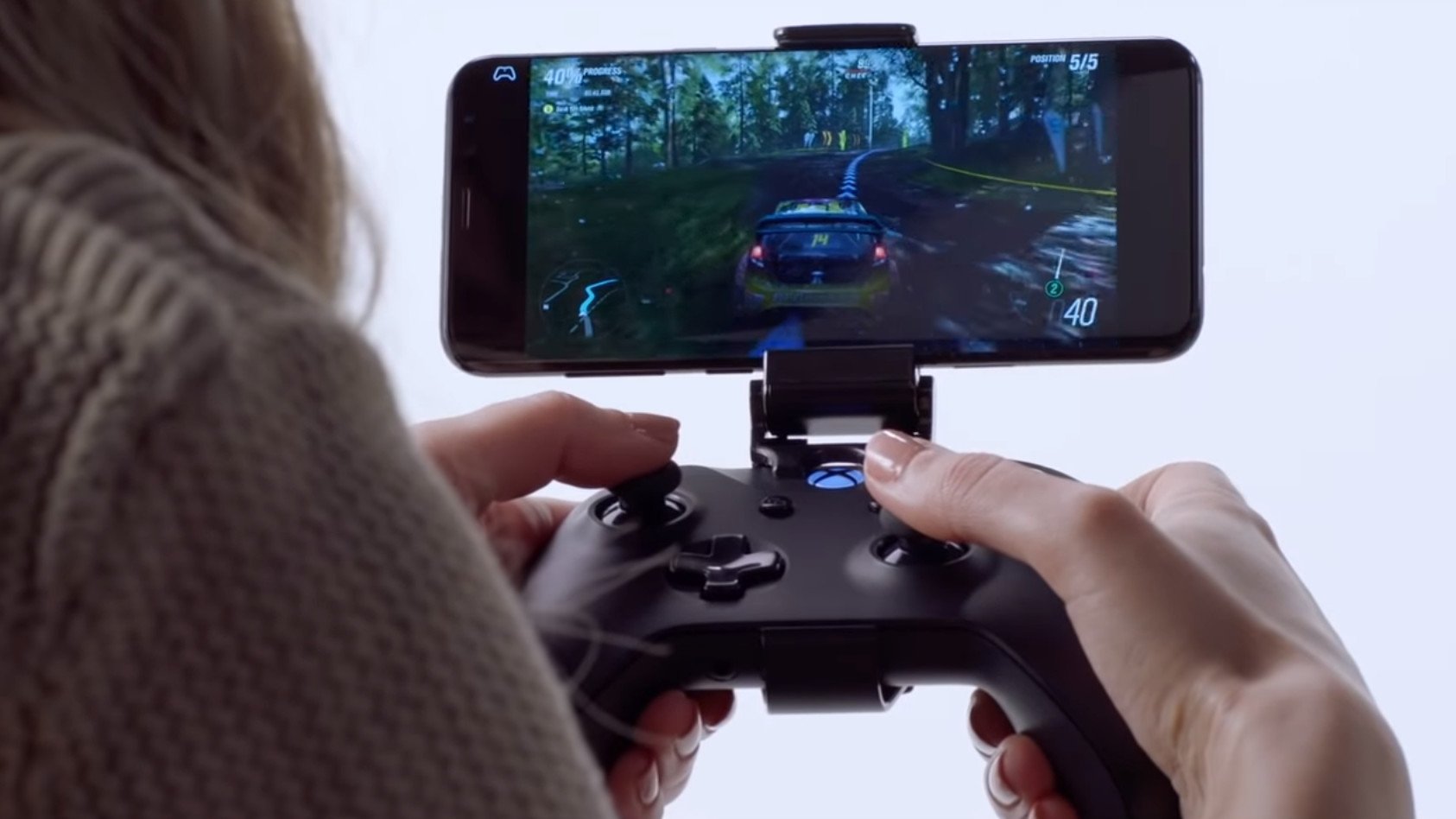
The value of building a digital library has only solidified since, followed by the rise of Xbox Play Anywhere, bridging nearly 100 titles on Xbox One and PC. Joined by Xbox Game Pass and EA Access, Netflix-style subscription services for downloadable games, a further lineup of titles feeds into this library. Now topped with Microsoft's Project xCloud game streaming looming, digital will only prove more valuable in this ecosystem.
However, it's easy to reminisce about the days of building a shelf lined with physical titles. You lose the sense of ownership and feeling of products when they're hosted on servers across the globe. Do I miss those days? For sure. But even with hundreds of titles in my collection, there's no regret for the investments made.
The price of going all-digital on Xbox One
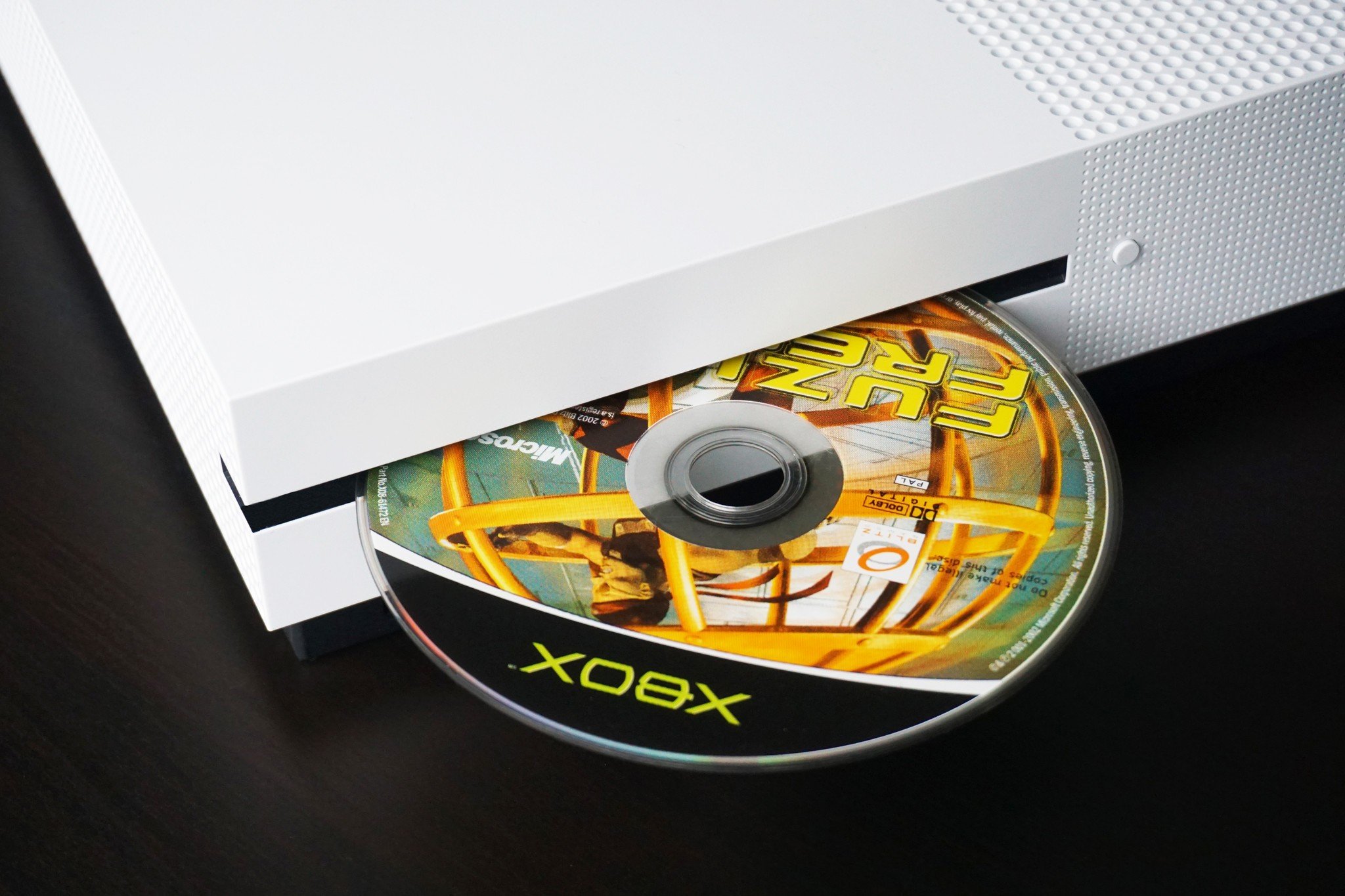
The Xbox One's primary issue with digital games is merely pricing, pushing Microsoft Store listings above disc-based counterparts. With digital Xbox purchases funneled exclusively through one marketplace, pricing is dictated by Microsoft and game publishers. Digital games artificially retain their market value as a result, which is sure to frustrate those invested in disc-less Xbox consoles.
Get the Windows Central Newsletter
All the latest news, reviews, and guides for Windows and Xbox diehards.
I'm finding most upcoming Xbox One launches cost more digitally from day one compared to third-party physical stores. The latest example was Tom Clancy's The Division 2, while priced £60 from Microsoft in the UK, costs just £50 at Amazon. Digital pricing generally appears softer on U.S. buyers, but similar situations still transpire.
This trend extends beyond the street date, with digital pricing often firmly frozen for the following months, while third-party retailers are keen to rotate stock and cycle inventory. It's only emphasized by the older titles, with decade-old Xbox 360 games still somehow priced at $30.
To Microsoft's credit, its regular rotation of seasonal sales has improved, with publishers offering more substantial discounts on newer titles. But it's still unmatched against the competitive nature of third-party storefronts. It's an issue solely a result of its closed ecosystem; while a recent wave of competition on PC is fostering a much healthier online marketplace.
A step in the right direction
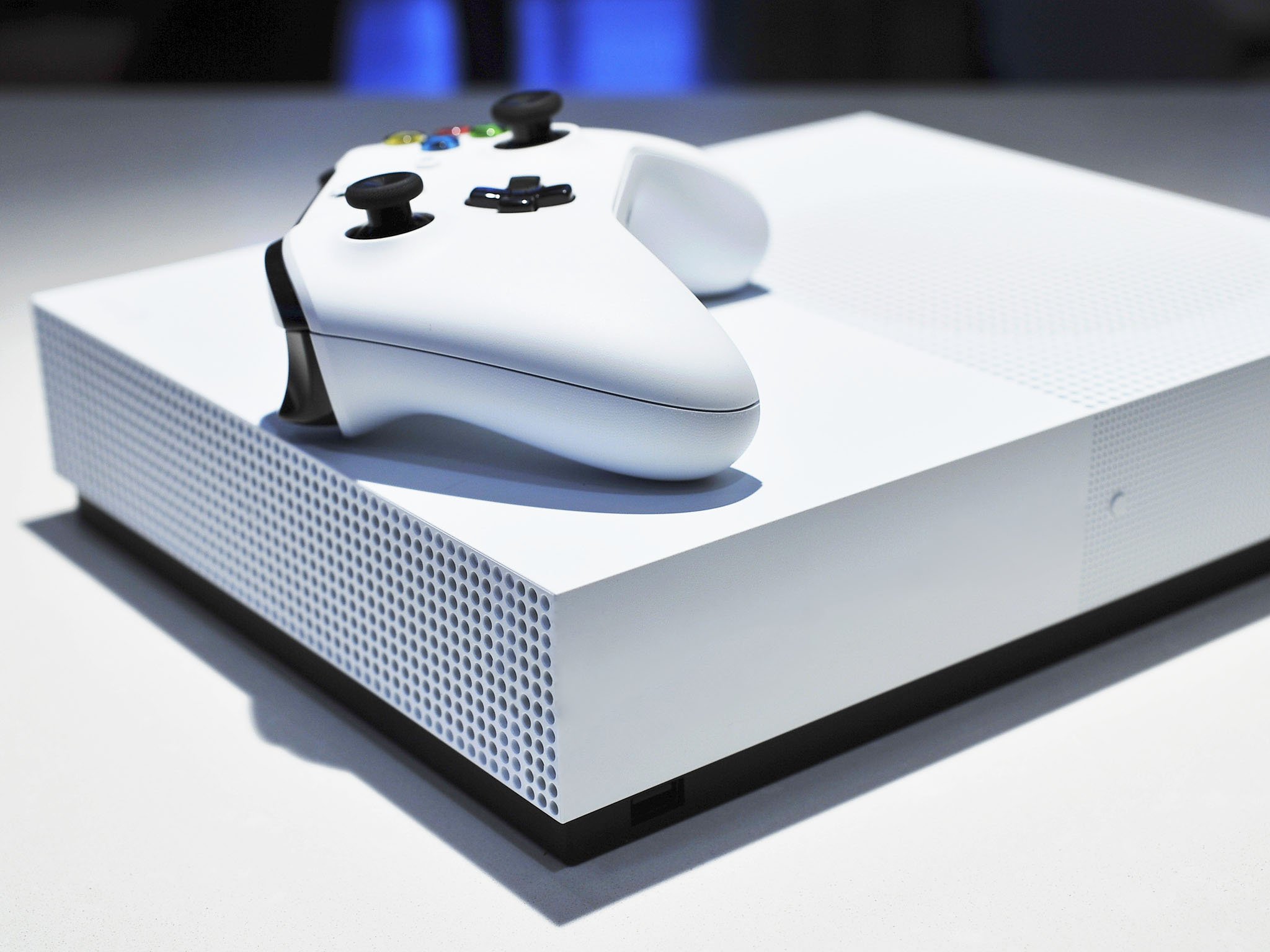
The Xbox One S All-Digital Edition looks to be an intriguing addition to the Xbox family, cutting initial hardware costs and making it a more accessible console platform.
Xbox Game Pass is a step in the right direction for Microsoft, serving a substantial library of titles for a flat $10 monthly fee. Now featuring the latest in-house hits beside some top third-party releases, it makes digital gaming more inviting for those yet to shift. However, the hidden price of digital gaming is clear, even with dedicated hardware seemingly around the corner.
Let us know your thoughts on all-digital Xbox One gaming in the comments section below.
Matt Brown was formerly a Windows Central's Senior Editor, Xbox & PC, at Future. Following over seven years of professional consumer technology and gaming coverage, he’s focused on the world of Microsoft's gaming efforts. You can follow him on Twitter @mattjbrown.
